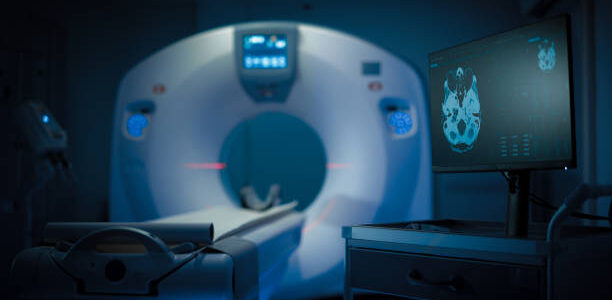BlogLine
Potential liability for CT scan manufacturers due to increased risks of cancer
5/14/25

By: Kevin G. Kenneally, James V. Lovett, Eric K. Stryker and Kyle M. Virgin
A new study out of the University of California, San Francisco has linked current CT scanning practices to increased risks and incidences of cancer in the lifetime of patients receiving the scans. The study analyzed new data regarding CT scan risks and found that, based on current practices, CT examinations would account for an increased share of new annual cancer diagnoses. The study noted that this highlighted the need for justification of use and optimization of dose, along with consideration of the need for multiphase examinations. The question raised here is, what does this study mean for potential liability for providers, manufacturers and facilities? The straightforward claim against any of these entities would be that, through them, the claimant was given cancer (or at the very least, an increased risk of developing cancer).
Against providers, a claim would likely come in the form of a professional liability or medical malpractice action. A provider facing this type of claim would likely rely on having met the standard of care. Indeed, the paper does not conclude that CT scans should not be performed, only that they, like any other diagnostic procedure or treatment, have risks, which is why unnecessary tests and treatment should not be ordered. CT scans should be deployed when and in a manner that is clinically appropriate, and when the benefits outweigh the risks. Alternatively, this paper may also help defend physicians who have claims of missed diagnoses due to a lack of a CT scan. Utilizing this study, a physician can further justify the choice not to perform a CT scan because of the increased risk.
As to facilities, having appropriate policies and procedures will be critical. Having dose guidance, as well as guidance and procedures outlining when a CT scan is to be performed, how often they can be performed and other metrics aimed at limiting overexposure, will be the key to avoiding liability.
Against manufacturers, claims will likely be in the form of products liability. However, manufacturers will likely be able to utilize the established learned intermediary doctrine as a defense. This defense provides that a manufacturer’s duty to warn regarding a drug or medical device can be fulfilled by providing the information to the physician, who then acts as an intermediary between the manufacturer and the patient. Here, manufacturers may be able to limit or avoid liability by providing appropriate information to physicians. This, however, will likely mean that when updated information is available, manufacturers must act to inform those individuals likely to prescribe CT scans, both existing and new. Absent an effort to warn physicians about the potential dangers of CT scans, as well as appropriate guidelines, manufacturers may not be able to utilize the doctrine as a shield.
Ultimately, the fact that CT scanners cause cancer at a higher rate than previously estimated is unfortunate. It does not, however, automatically spell liability for CT-associated cancers. The key will be the appropriate use of CT scans, with an appropriate consideration of the risks and benefits, as well as communication with patients.
If you have any questions, please contact Attorneys James V. Lovett, Kevin G. Kenneally, Kyle M. Virgin or Eric K. Stryker of the Health Care, Life Sciences and Medical Devices Teams at Freeman Mathis & Gary, LLP.
Information conveyed herein should not be construed as legal advice or represent any specific or binding policy or procedure of any organization. Information provided is for educational purposes only. These materials are written in a general format and are not intended to be advice applicable to any specific circumstance. Legal opinions may vary when based on subtle factual distinctions. All rights reserved. No part of this presentation may be reproduced, published or posted without the written permission of Freeman Mathis & Gary, LLP.
Share
Save Print
